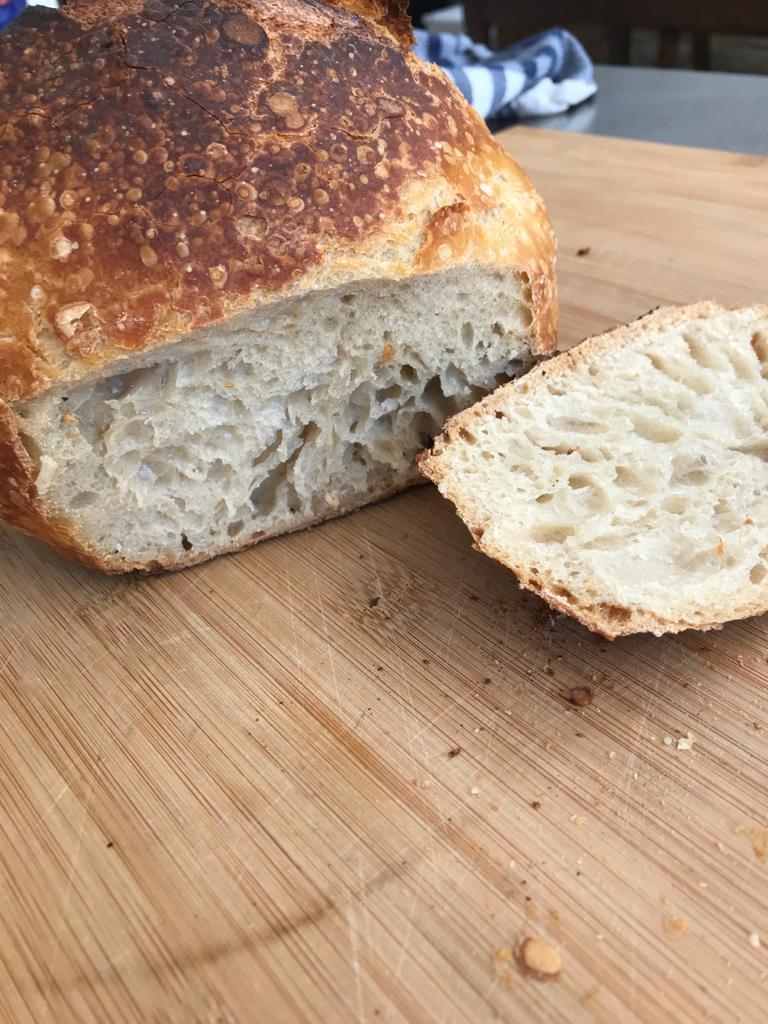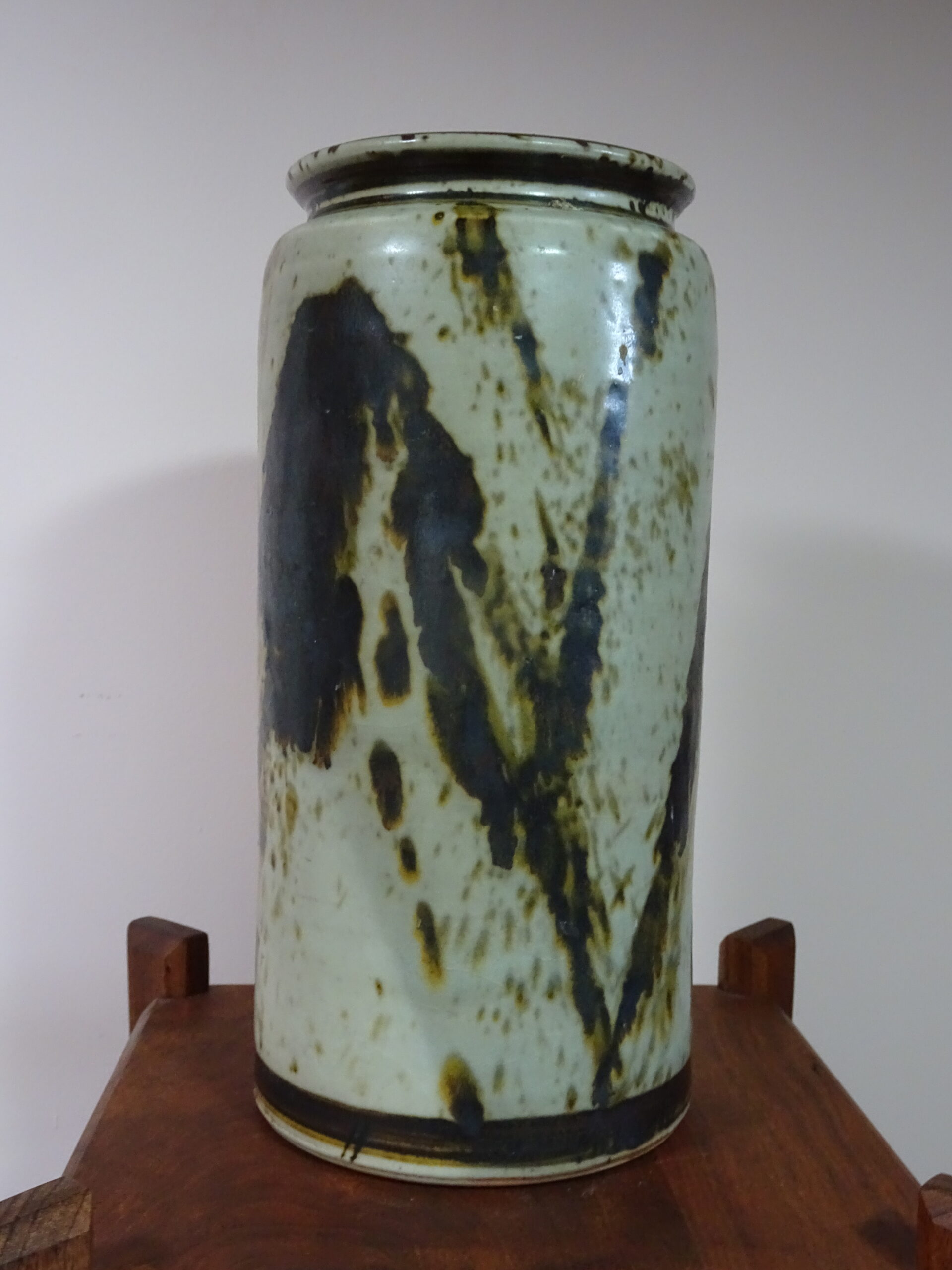Many years ago, I enrolled in a course on liturgical spirituality at the Dominican House of Studies. When I arrived, the room was filled with about a dozen youngish men wearing the white, flowing habits of their order. For them this was a required course on their journey to priesthood and they eyed me—the only woman in the class—with deep suspicion. When they learned that I was a Protestant interested in liturgical art, their sighs of relief were audible. Whatever my reasons for being in the room, at least I wasn’t some radical Catholic Sister intent on usurping their priestly privilege.
For the next three months, we wrestled with the thorny question of how ordinary bread and wine can be (or become) the Holy Body and Precious Blood of Christ. When Jesus talks about eating his flesh and drinking his blood,* it can sound a little creepy. Indeed, early Christians were sometimes accused of cannibalism because of this image. In the class, we studied the official Roman Catholic doctrine of transubstantiation as well as what generations of theologians have said as they tried to explain it.
From the sometimes-heated discussions, it became clear that even though they had grown up with the notion of the real presence of Christ in the Eucharist, most of the students were struggling with the notion that “the whole Christ is truly present — body, blood, soul, and divinity — under the appearances of bread and wine…” At the mid-term exam, in addition to the expected factual questions about who had said what and when, the final question was “what is the most difficult thing for you to believe regarding the Eucharist?”
As an artist, strong, full, concrete symbols are important to me, and so I wrote, “Coming from a Protestant context where Communion is celebrated with a warm, fragrant loaf, it is hard for me to believe that the thin, nearly-transparent wafer used in the Catholic Mass is bread.” Luckily, the grizzled priest who taught the class had a good sense of humor, so I did not fail the exam.
Now, all these years later, I still cannot explain how the bread on the table and we who gather around it are somehow, together, the Body of Christ. What I do know is that Christ is present in the bread that I eat and in the circle of believers who eat it together when we repeat his words, “This is my body, which is given for you….” as we break the bread. And both my soul and body are nourished as I feed on Christ in my heart with thanksgiving, and drink deeply of the divine love which is poured out for the healing of all the world.
--Deborah Sokolove, Seekers Church
For More...
Heather Murray Elkins has been my teacher, my colleague, and my friend for over twenty years. In her not-entirely-finished website, “Altaring the World”, she invites us to “explore the holy human connections of things such as spoons and bricks, football, stones and safety pins, acorns and aprons.” You can find more of her wisdom and humor in her book, Holy Stuff of Life: Stories, Poems, And Prayers About Human Things






